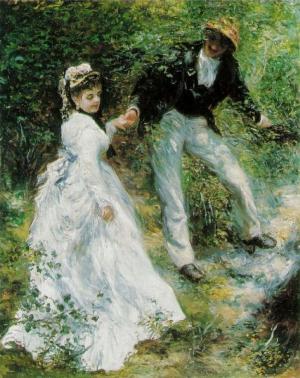| Author: | Elliott O'Donnell | ISBN: | 9781465552907 |
| Publisher: | Library of Alexandria | Publication: | March 8, 2015 |
| Imprint: | Language: | English |
| Author: | Elliott O'Donnell |
| ISBN: | 9781465552907 |
| Publisher: | Library of Alexandria |
| Publication: | March 8, 2015 |
| Imprint: | |
| Language: | English |
WHAT IS A WERWOLF? The word werwolf (or werewolf) is derived from the Anglo-Saxon wer, man, and wulf, wolf, and has its equivalents in the German Währwolf and French loup-garou, whilst it is also to be found in the languages, respectively, of Scandinavia, Russia, Austria-Hungary, the Balkan Peninsula, and of certain of the countries of Asia and Africa; from which it may be concluded that its range is pretty well universal. Indeed, there is scarcely a country in the world in which belief in a werwolf, or in some other form of lycanthropy, has not once existed, though it may have ceased to exist now. But whereas in some countries the werwolf is considered wholly physical, in others it is looked upon as partly, if not entirely, superphysical. And whilst in some countries it is restricted to the male sex, in others it is confined to the female; and, again, in others it is to be met with in both sexes. Hence, when asked to describe a werwolf, or what is generally believed to be a werwolf, one can only say that a werwolf is an anomaly—sometimes man, sometimes woman (or in the guise of man or woman); sometimes adult, sometimes child (or in the guise of such)—that, under certain conditions, possesses the property of metamorphosing into a wolf, the change being either temporary or permanent. Those who are sceptical with regard to the existence of the werwolf, and refuse to accept, as proof of such existence, the accumulated testimony of centuries, attribute the origin of the belief in the phenomenon merely to an insane delusion, which, by reason of its novelty, gained a footing and attracted followers
WHAT IS A WERWOLF? The word werwolf (or werewolf) is derived from the Anglo-Saxon wer, man, and wulf, wolf, and has its equivalents in the German Währwolf and French loup-garou, whilst it is also to be found in the languages, respectively, of Scandinavia, Russia, Austria-Hungary, the Balkan Peninsula, and of certain of the countries of Asia and Africa; from which it may be concluded that its range is pretty well universal. Indeed, there is scarcely a country in the world in which belief in a werwolf, or in some other form of lycanthropy, has not once existed, though it may have ceased to exist now. But whereas in some countries the werwolf is considered wholly physical, in others it is looked upon as partly, if not entirely, superphysical. And whilst in some countries it is restricted to the male sex, in others it is confined to the female; and, again, in others it is to be met with in both sexes. Hence, when asked to describe a werwolf, or what is generally believed to be a werwolf, one can only say that a werwolf is an anomaly—sometimes man, sometimes woman (or in the guise of man or woman); sometimes adult, sometimes child (or in the guise of such)—that, under certain conditions, possesses the property of metamorphosing into a wolf, the change being either temporary or permanent. Those who are sceptical with regard to the existence of the werwolf, and refuse to accept, as proof of such existence, the accumulated testimony of centuries, attribute the origin of the belief in the phenomenon merely to an insane delusion, which, by reason of its novelty, gained a footing and attracted followers















